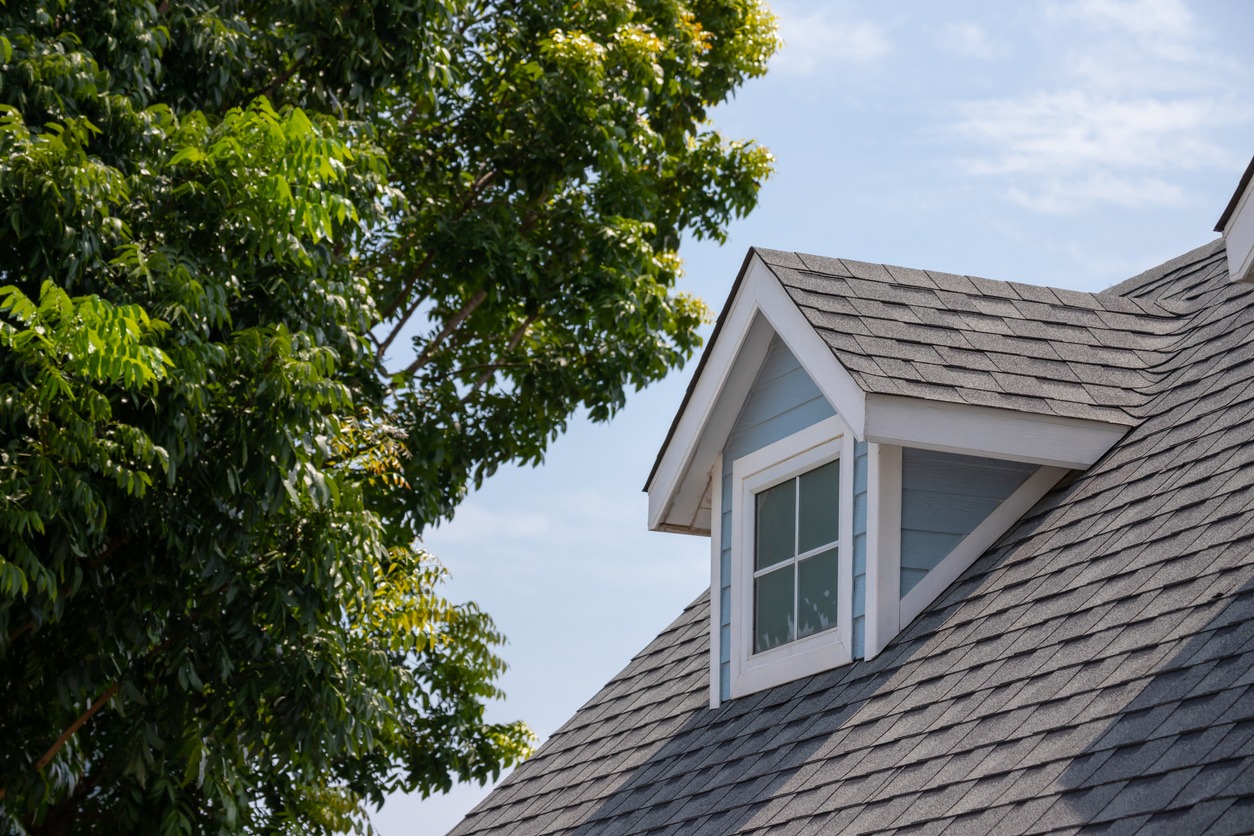Your roof is one of the most important components of your home’s structure, and it is responsible for protecting you and your family from various environmental elements. Whether it’s rain, wind, or snow, your roof is constantly exposed to changing weather patterns, and over time, it can sustain damage that requires emergency roof repairs. But how do you know when you’re dealing with a situation that requires urgent attention? In this blog post, we’ll discuss how to understand what constitutes an emergency roof repair scenario!
First and foremost, it’s important to understand that any damage to your roof can potentially lead to a more serious problem. Even a small leak can cause water damage to your home’s interior, which can lead to mould growth and other health hazards. That’s why it’s important to address any issues with your roof as soon as possible. So, how do you know when you’re dealing with an emergency roof repair situation? Here are a few signs to look out for:
Water Damage Inside Your Home
One of the most obvious signs that you need emergency roof repair is water damage inside your home. If you notice water stains on your ceiling or walls, or if you see water pooling on your floor, you likely have a leak in your roof that needs to be addressed immediately.
Missing or Damaged Shingles
Another sign that you may need emergency roof repair is missing or damaged shingles. If you notice that your roof has bald spots or if you see shingles that are curling or cracked, it’s important to have them replaced as soon as possible. Missing or damaged shingles can compromise the integrity of your roof, and if left unchecked, they can lead to more serious damage.
Sagging or Buckling Roof
If you notice that your roof is sagging or buckling, it’s important to call a professional immediately. A sagging roof can indicate that there is a serious problem with your roof’s structure, which can lead to collapse if left untreated.
Fallen Trees or Other Debris
If your roof has been damaged by fallen trees or other debris, it’s important to have it inspected by a professional as soon as possible. Even if the damage seems minor, it’s possible that there could be underlying issues that need to be addressed.
High Winds or Severe Storms
If your area has experienced high winds or severe storms, it’s important to have your roof inspected for damage. Strong winds can cause shingles to lift or even blow off, leaving your roof vulnerable to leaks and other damage. If you notice any of these signs, it’s important to call a professional for emergency roof repair right away. Delaying repairs can lead to more serious problems down the line and can even compromise the safety of your home and your family.
When it comes to these types of emergencies, it’s important to choose a professional with experience and expertise within the roofing field. Look for a company that offers 24/7 emergency services and ensure they have a good reputation in the community. In addition to calling a professional, there are a few things you can do to minimize damage while you wait for repairs. If you notice a leak, for example, try to contain the water with buckets or towels to prevent it from spreading. You can also use tarps or other materials to cover damaged areas of your roof, which can help to prevent further damage.
Final Thoughts
In conclusion, understanding what constitutes an emergency roof repair situation is important for protecting your home and your family. Look out for signs of water damage, missing or damaged shingles, sagging or buckling roofs, fallen trees or other debris, and damage from high winds or severe storms. If you notice any of these signs, call a professional for emergency roof repair right away. And remember, when it comes to emergencies, time is of the essence. Delaying repairs can lead to more serious and costly problems down the line, so don’t wait to address any issues with your roof. In addition to emergency repairs, it’s important to maintain your roof regularly to prevent future problems. This includes scheduling regular inspections with a professional, cleaning out gutters and downspouts, and trimming any nearby trees that could potentially damage your roof. By staying proactive and vigilant about the health of your roof, you can minimize the risk of emergency repairs and keep your home safe and secure for years to come.

